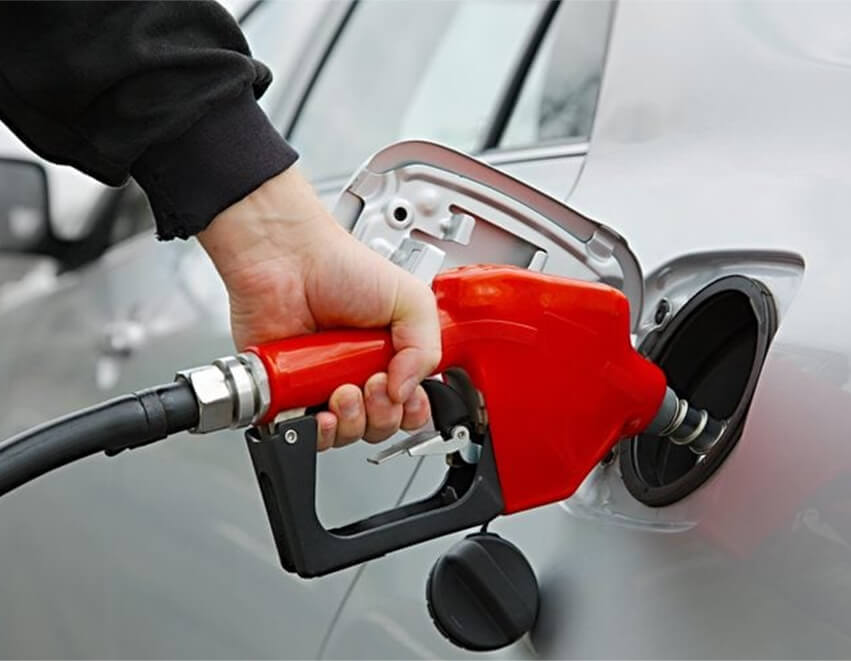Discover the indispensable safety measures integrated into modern gas pump nozzles. From preventing overfills and capturing vapors to ensuring durable, non-sparking construction, these features safeguard both users and the environment during vehicle refueling.
Whether gasoline, diesel, or an alternative fuel, flammable liquids absolutely require robust safety precautions during vehicle refueling. There’s simply too much risk of fire or environmental damage otherwise.
That’s why virtually all modern gas pump nozzles come equipped with a variety of built-in fail-safes to control flow, capture vapors, prevent overfills, and more. These features operate automatically in the background each time you pull up to the pump.
Key safety features include:
Let’s discuss these safety features of gas pump nozzles in detail!
Here are a few safety features that are usually included in a gas pump nozzle:
Of course, the most obvious safety feature on any gas nozzle is the automatic shutoff to avoid overfilling your tank. But there are actually multiple levels of protection against messy or hazardous overfill incidents.
First, the nozzle has an integral venturi vacuum sensor in the spout designed to detect when your tank has reached nearly full capacity. This triggers the primary shut-off to halt the flow.
As a backup, the nozzle also contains a second overfill prevention valve. If the primary shutoff were to malfunction, this safety valve would activate as an emergency control to cut fuel flowing through the nozzle.
Finally, most pumps also incorporate a hanging hardware system that immediately cuts power to the entire pump if the nozzle is knocked free from the fill pipe and allowed to dangle.
Some gas pumps even feature vapor recovery nozzles – these utilize airtight bellows and dual-passages to capture all gasoline vapors that would otherwise be released as harmful emissions. This makes refueling safer by eliminating hazardous fumes while also reducing environmental pollution.
The internal nozzle mechanisms that control flow rate and shutoff sequences add another vital layer of protection. Refineries have to meet strict specifications around gallon-per-minute output to prevent excessive pump pressure or leaks. And those built-in shutoffs have to function reliably every time to avoid overfills.
Finally, the physical nozzle construction itself includes several safety aspects. Sturdy metal junction casings and nozzle bodies ensure they can handle getting knocked around without damage that could cause spills or leaks.
Most nozzles also incorporate specialized anti-sparking components like aluminum spouts, vapor-sealing bellows, and no exposed plastics. This prevents any potential source of ignition sparks around the flammable liquids.
At a glance, that gas pump nozzle seems like a pretty basic device — just a nozzle on the end of a hose, right? But look closer and you’ll see it’s a precisely-engineered safety system utilizing multiple measures to protect you every time you refuel.
Between its overfill prevention backups, vapor capture systems, durable non-sparking materials, and flow control mechanisms – that humble nozzle packs a lot of intelligent safety into a portable handheld device.
For all your vehicle’s other service needs, partner up with Aocheng Group. We’ll keep you operating safely and smoothly on the road ahead.




